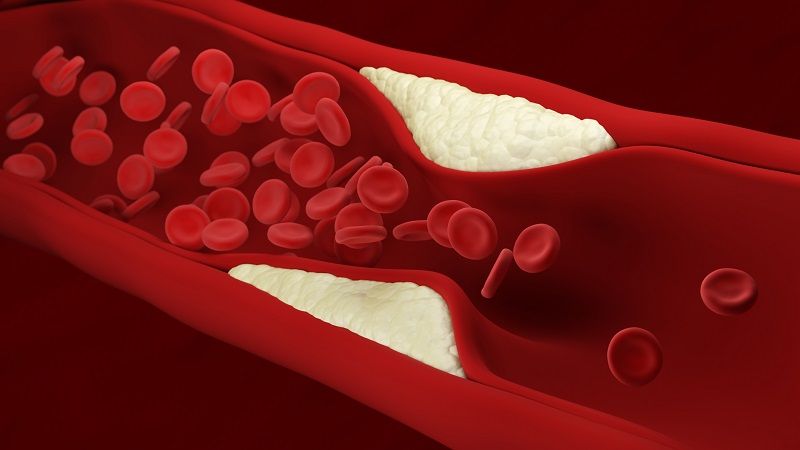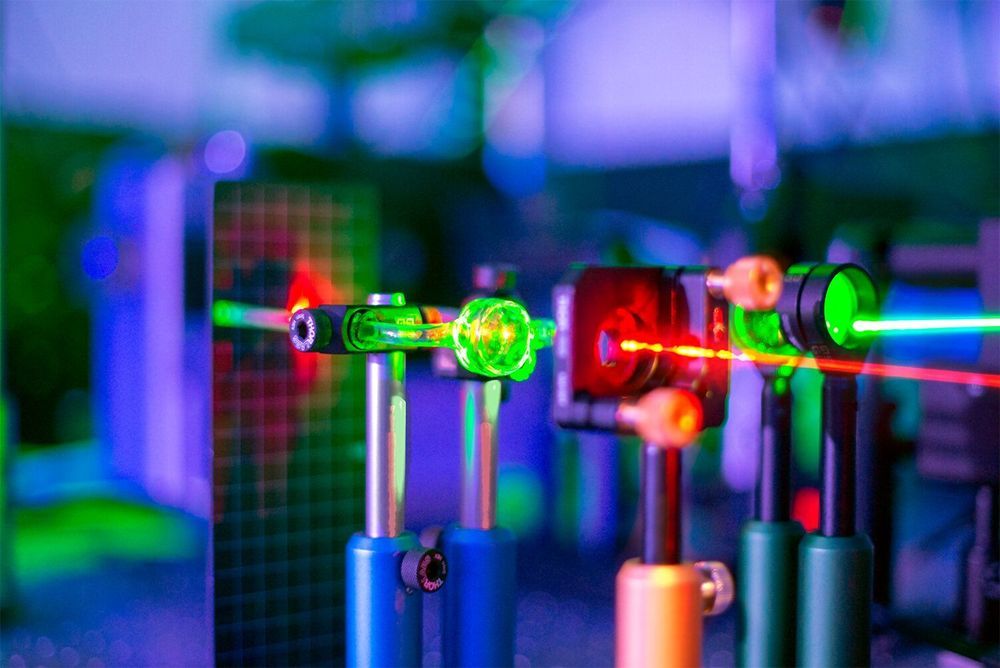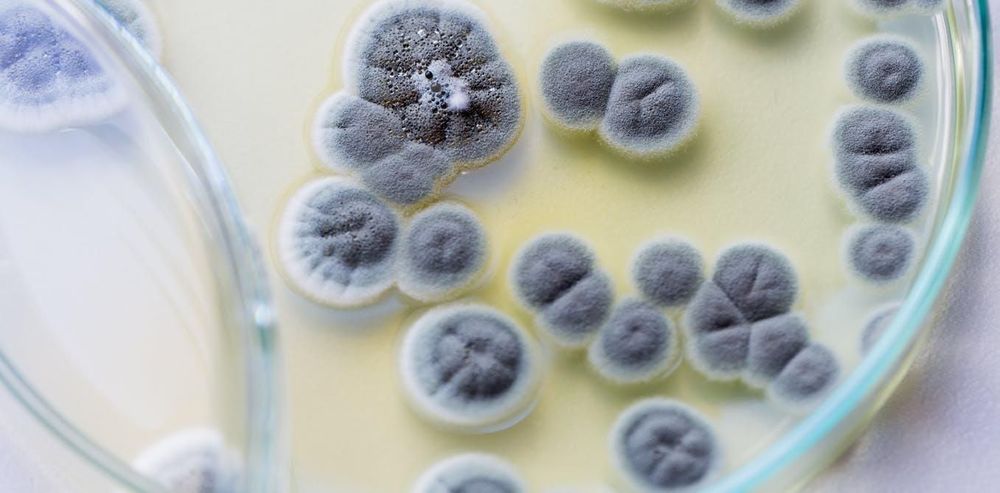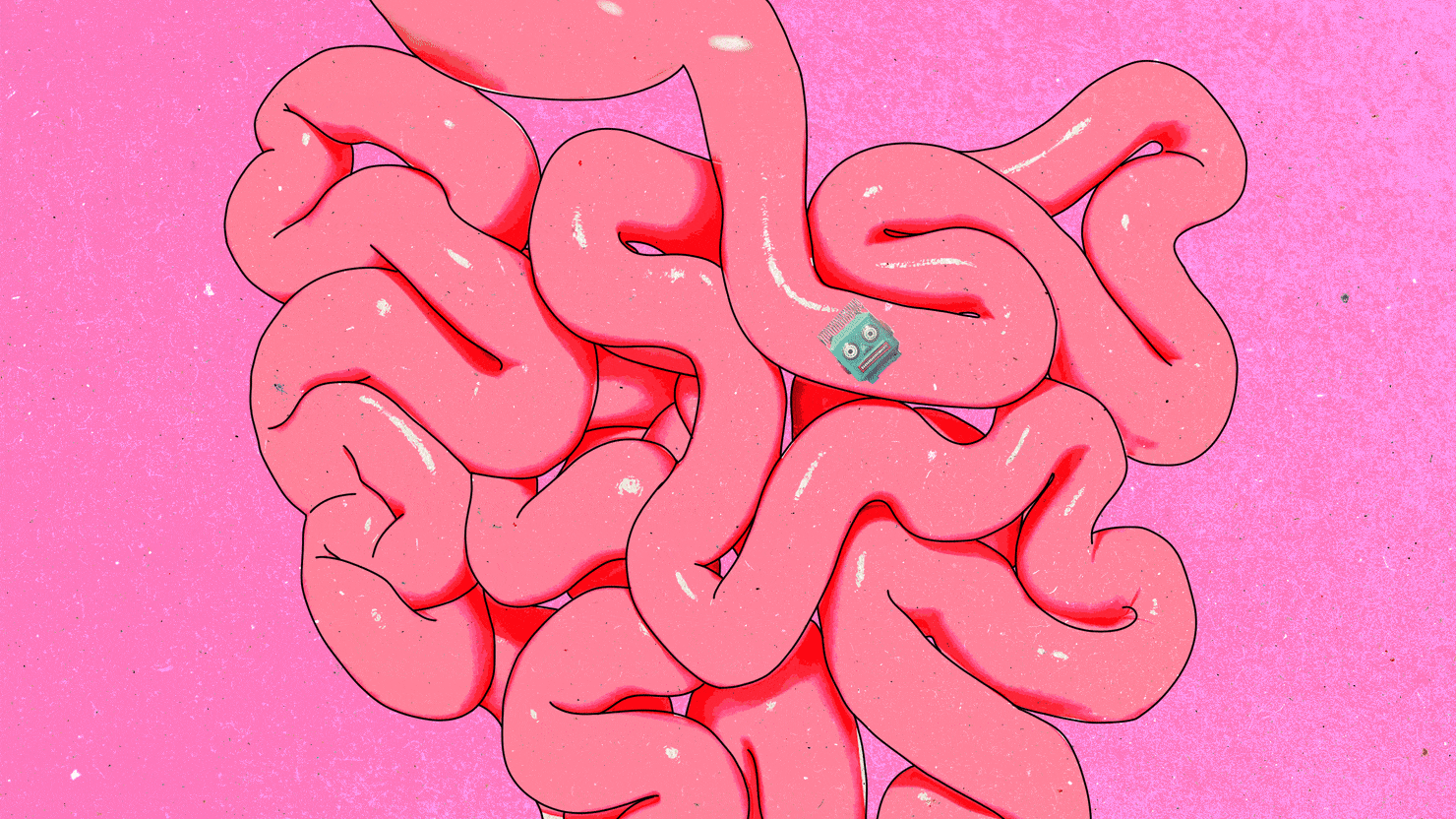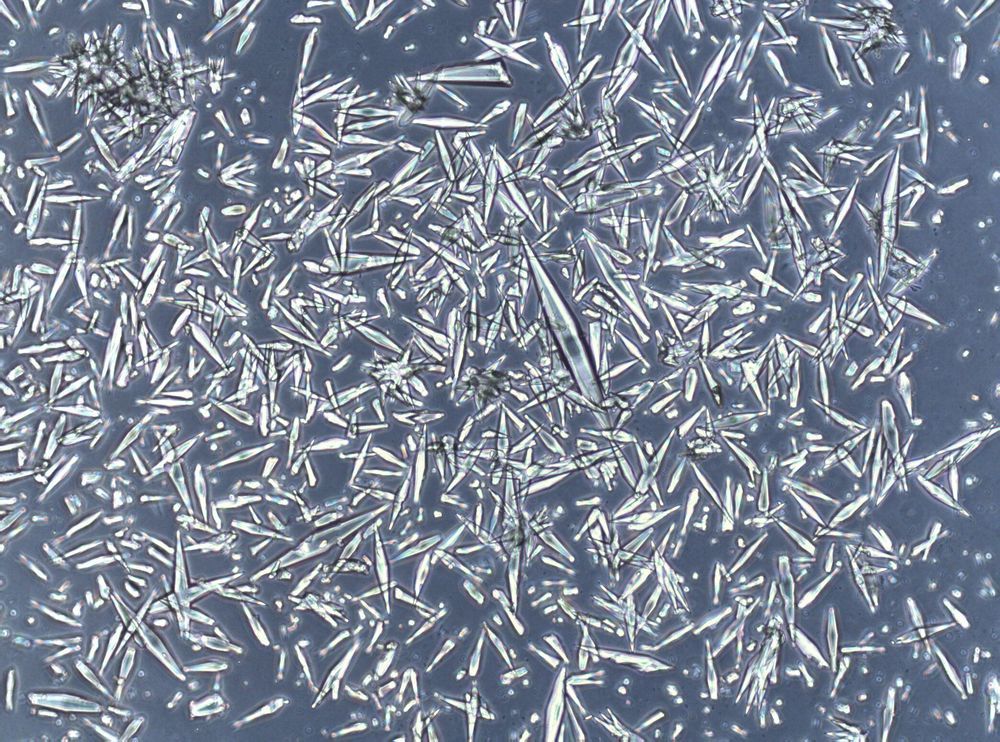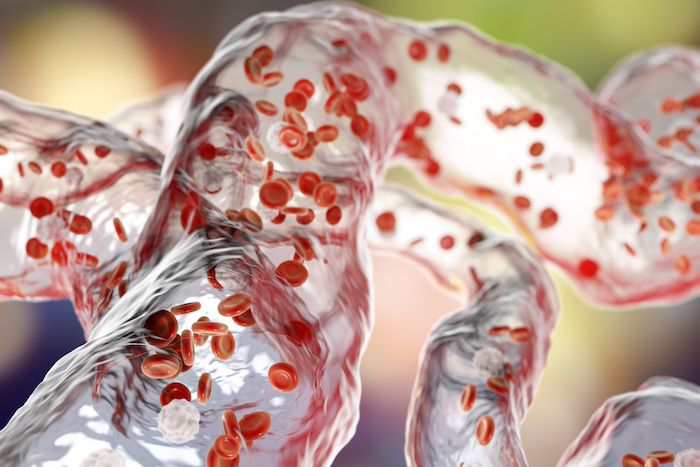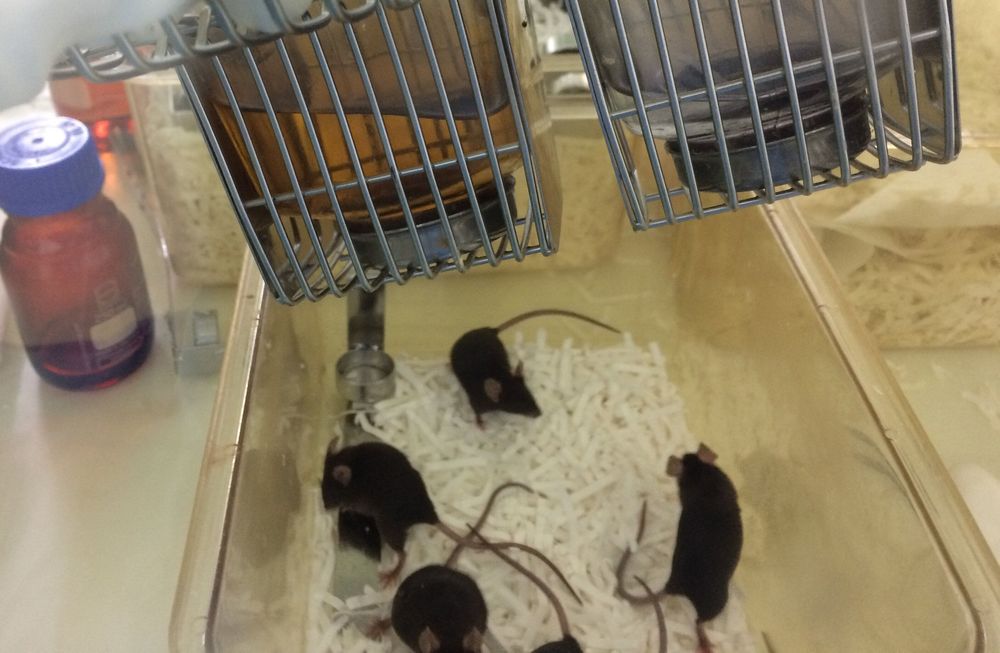A recent study has outlined the relationship between B cells, atherosclerosis, and the transcription factor c-Myb. While this factor is necessary for hematopoiesis, the formation of new blood cells, it has been shown to affect B cells, a type of lymphocyte, in a way that makes atherosclerosis more severe.
A new look at inflammaging
Inflammation can have beneficial effects in the short term, but chronic, long-term inflammation is known to exacerbate serious diseases. With age, the immune system falters and constantly reacts to things that it sees as threats, thus leading to the rise in chronic inflammation known as inflammaging. In the case of atherosclerosis, the relationship between cholesterol and immune cells plays a major role in making things worse [1].
